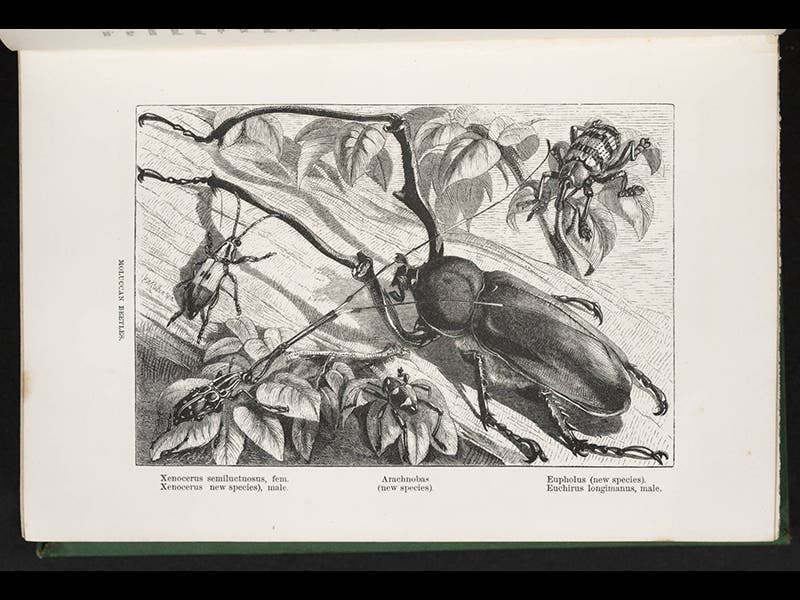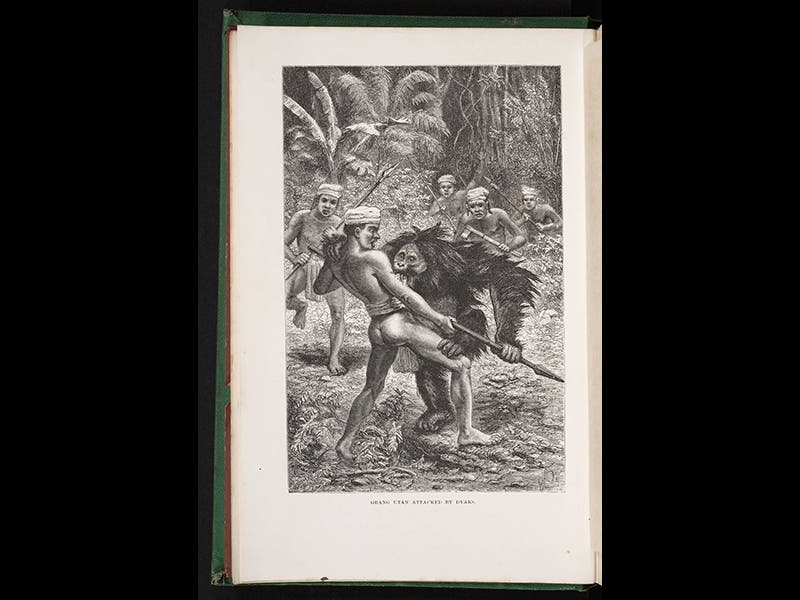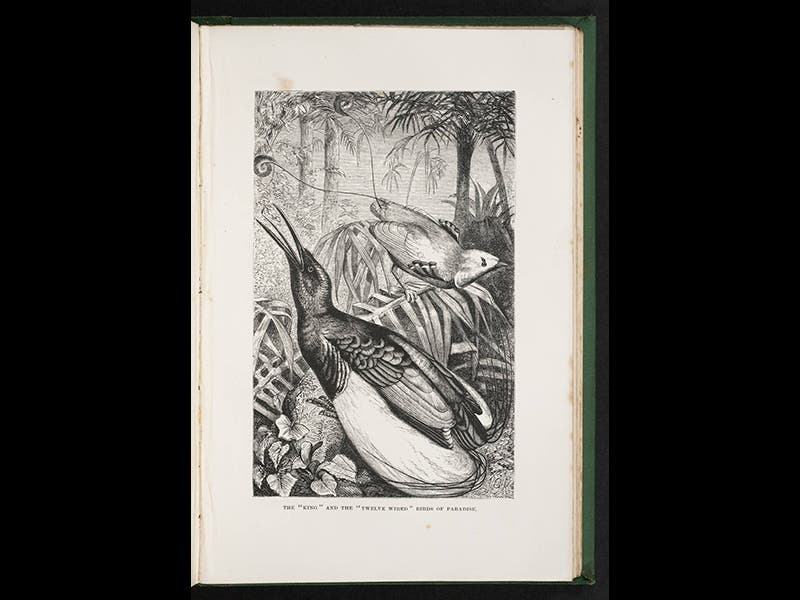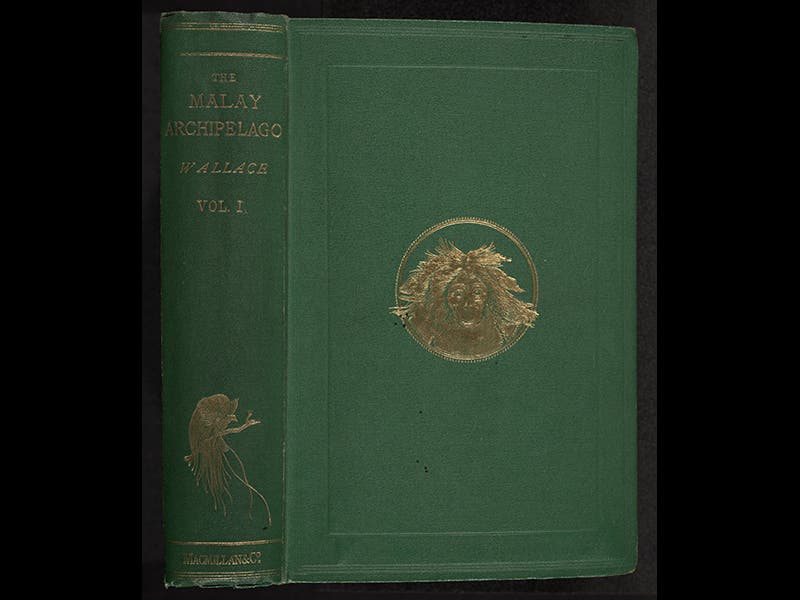Scientist of the Day - Alfred Russel Wallace
Alfred Russel Wallace, a British naturalist, was born Jan. 8, 1823. As we hope is well-known, Wallace was the co-discoverer, with Charles Darwin, of evolution by natural selection, and he played a key, if inadvertent, role in convincing Darwin to write On the Origjn of Species in 1858-59. But Wallace was an important naturalist in his own right. Inspired by Darwin’s narrative of the voyage of the Beagle, Wallace first embarked with a friend on a collecting expedition to the Amazon basin (1848-52), and then, on his own, he set off on a more extended trip to Indonesia (1854-62), then called the Malay Archipelago, which is where he worked out his evolutionary ideas and communicated them to Darwin. Unlike Darwin, who was independently wealthy, Wallace paid for his trips by collecting specimens for sale to brokers back in London, and he was quite successful at finding exotic butterflies, beetles, and birds that appealed to stay-at-home collectors in England.
Like Darwin, Wallace was a good writer and was able to convey the excitement of his jungle adventures to his readers. His account of his time in the East Indies was published in 1869 as The Malay Archipelago (2 vols.), and it was every bit as popular as Darwin’s Journal of Researches … on HMS Beagle. The illustrations above are all taken from The Malay Archipelago, and show, in order: hunting the Great Bird of Paradise; five beetles on a log; an orangutan resisting capture; the King and 12-Wired Birds of Paradise; and the cover of volume 1 of the book, with a gold-stamped image of a young orangutan on the front and a bird of paradise on the spine. Gold-stamped bindings are one of the more attractive features of 19th-century Victorian books, and they don’t get displayed nearly often enough.
Dr. William B. Ashworth, Jr., Consultant for the History of Science, Linda Hall Library and Associate Professor, Department of History, University of Missouri-Kansas City









![Using an astrolabe to measure the depth of a well, woodcut in Elucidatio fabricae vsusq[ue] astrolabii, by Johannes Stöffler, 1513 (Linda Hall Library)](https://assets-us-01.kc-usercontent.com:443/9dd25524-761a-000d-d79f-86a5086d4774/a998eb50-55d2-4a88-ace2-a50aa5fa86e7/Stoffler%201.jpg?w=210&h=210&auto=format&fit=crop)

